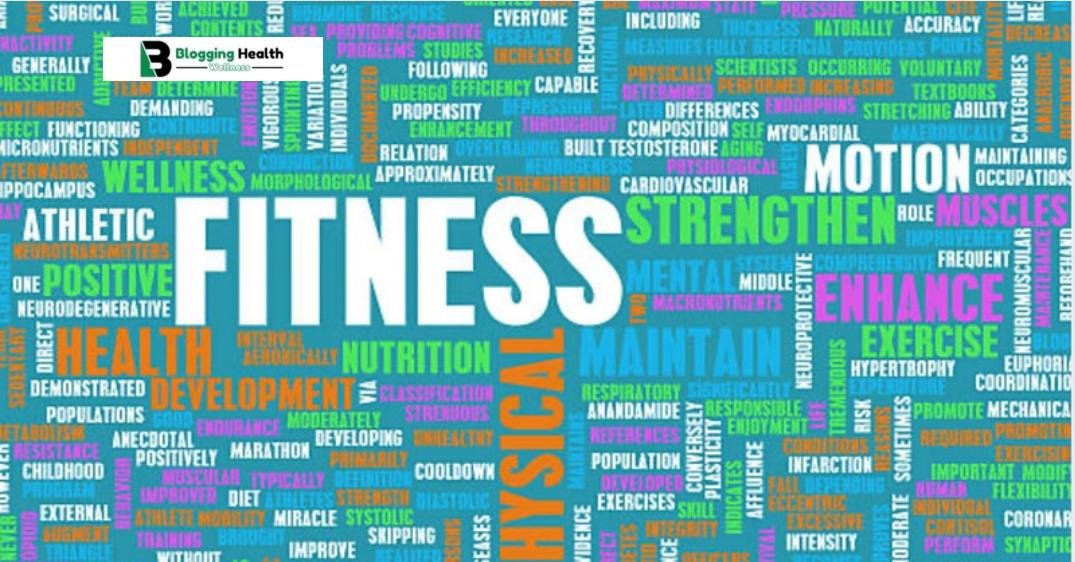Introduction
Running has long been hailed as one of the most effective exercises for improving fitness. Whether you’re a seasoned marathoner or someone just lacing up their shoes for the first time, running offers a multitude of benefits that can significantly enhance your physical and mental well-being. This article delves into the various aspects of running and explores why it is such an effective way to boost your fitness.
The Science Behind Running and Fitness
Running is a full-body workout that primarily targets the cardiovascular system. When you run, your heart rate increases, and your lungs work harder to supply oxygen to your muscles. This aerobic activity strengthens your heart, making it more efficient at pumping blood, which lowers your resting heart rate over time. Improved cardiovascular health reduces the risk of heart disease, stroke, and other related conditions.
Running also triggers the release of endorphins, the body’s natural mood lifters, which can help combat stress and depression. This “runner’s high” is one reason many people find running not just beneficial but also enjoyable.
Cardiovascular Benefits of Running
Cardiovascular fitness is crucial for overall health, and running is one of the best ways to improve it. When you run regularly, your heart becomes stronger, enabling it to pump more blood with each beat. This increased efficiency means your body requires fewer beats per minute to circulate blood, leading to a lower resting heart rate—a key indicator of cardiovascular fitness.
Additionally, running improves the elasticity of your arteries, allowing them to expand and contract more efficiently. This reduces the risk of hypertension (high blood pressure), which is a major risk factor for heart disease and stroke. Studies have shown that runners have a 30-45% lower risk of dying from cardiovascular diseases compared to non-runners.

Running for Weight Loss and Body Composition
Running is one of the most working exercises for burning calories. Depending on your weight and pace, you can burn between 300-600 calories in a 30-minute run. This makes running an excellent choice for those looking to lose weight or maintain a healthy body composition.
The high caloric expenditure of running is due to the fact that it engages large muscle groups and requires significant energy. Moreover, running also boosts your metabolism. After a run, your body continues to burn calories at an elevated rate, a phenomenon known as the “afterburn effect” or excess post-exercise oxygen consumption (EPOC).
Running also helps preserve lean muscle mass while reducing fat, especially when combined with a healthy diet. This results in a more toned and defined physique, contributing to overall fitness.

Muscle Strength and Endurance
While running is primarily a cardiovascular exercise, it also builds muscle strength and endurance, particularly in the lower body. The repetitive motion of running strengthens the muscles in your legs, including the quadriceps, hamstrings, calves, and glutes.
Running uphill or incorporating interval training can further enhance muscle strength by engaging more muscle fibers and challenging your body in new ways. Additionally, running on different surfaces, such as trails or sand, can improve muscle stability and balance.
Although running primarily targets the lower body, it also engages core muscles, which help stabilize your body and maintain good posture. A strong core is essential for efficient running and can prevent injuries by reducing strain on your lower back and hips.
Mental Health Benefits
The mental health benefits of running are as significant as the physical ones. Regular running has been shown to reduce symptoms of anxiety and depression. The release of endorphins during a run creates a sense of euphoria and well-being, often referred to as the “runner’s high.”
Running also provides an opportunity for mindfulness, where you can focus on your breathing, stride, and surroundings, helping to clear your mind of stress and negative thoughts. This meditative aspect of running can improve mental clarity and enhance your mood.
Moreover, setting and achieving running goals, whether it’s completing a 5K or running a marathon, can boost self-esteem and confidence. The discipline and perseverance required to maintain a running routine can also translate into other areas of life, fostering a sense of accomplishment and purpose.

Running and Bone Health
Weight-bearing exercises like running are crucial for maintaining and improving bone density. Running stimulates bone growth and helps prevent the loss of bone density that comes with aging, reducing the risk of osteoporosis.
The impact of running forces your bones to adapt and become stronger, much like how your muscles respond to strength training.
However, it’s essential to run with proper form and gradually increase your mileage to avoid overuse injuries, such as stress fractures, which can occur if your bones are subjected to too much stress too quickly.
Running and Longevity
Numerous studies have shown that regular running is associated with increased longevity. A study published in the Journal of the American College of Cardiology found that runners live an average of three years longer than non-runners, regardless of speed or distance.
The longevity benefits of running are likely due to the combination of improved cardiovascular health, weight management, and mental well-being. Running also reduces the risk of chronic diseases such as diabetes, hypertension, and certain types of cancer, all of which can shorten lifespan.
Additionally, running promotes better sleep, which is crucial for overall health and longevity. Studies have shown that regular runners fall asleep faster, enjoy deeper sleep, and wake up feeling more refreshed.
The Social and Community Aspect of Running
Running is not just a solitary activity; it can also be a social one. Joining a running club or participating in group runs can provide a sense of community and camaraderie. Running with others can make the activity more enjoyable and help you stay motivated, especially on days when it’s challenging to lace up your shoes.
Participating in races, whether local 5Ks or marathons, also fosters a sense of belonging and achievement. The running community is often welcoming and supportive, making it easier for beginners to get started and stick with their fitness goals.
Moreover, running for a cause, such as charity races, can add a sense of purpose to your fitness journey, further enhancing the mental and emotional benefits of the activity.
Running for All Ages and Fitness Levels
One of the great things about running is its accessibility. You don’t need expensive equipment or a gym membership to start running—all you need is a good pair of shoes and the willingness to get moving. Running is a versatile exercise that can be adapted to suit different fitness levels, from beginners to seasoned athletes.
For beginners, starting with a walk-run program can help ease into the activity without overwhelming the body. As fitness levels improve, gradually increasing the duration and intensity of runs can help build endurance and strength.
Running is also an excellent exercise for older adults, as it helps maintain cardiovascular health, muscle mass, and bone density. However, it’s important for older runners to listen to their bodies and adjust their training as needed to avoid injury.
Potential Risks and How to Mitigate Them
While running offers numerous benefits, it’s not without its risks. Overuse injuries such as shin splints, plantar fasciitis, and runner’s knee are common among runners, particularly those who increase their mileage too quickly or neglect proper form and recovery.
To mitigate these risks, it’s important to:
- Start Slowly: Gradually increase your mileage and intensity to allow your body to adapt.
- Warm-Up and Cool Down: Incorporate dynamic stretching and a proper warm-up before your run, and stretch thoroughly afterward to prevent stiffness and injury.
- Invest in Good Footwear: Choose running shoes that provide adequate support and cushioning for your foot type and running style.
- Listen to Your Body: Pay attention to any signs of pain or discomfort and take rest days as needed to allow your body to recover.
- Cross-Train: Incorporate strength training, cycling, swimming, or other low-impact exercises to balance your routine and prevent overuse injuries.
Conclusion: Is Running Good for Fitness?
The evidence is overwhelming: running is an excellent way to improve and maintain fitness. It offers a wide range of physical benefits, from cardiovascular health to weight management, muscle strength, and bone density. Running also provides significant mental health benefits, including stress reduction, improved mood, and enhanced cognitive function.
While there are risks associated with running, they can be effectively managed with proper training, equipment, and listening to your body. Whether you’re running to lose weight, improve your health, or simply enjoy the outdoors, this activity offers something for everyone.
Incorporating running into your fitness routine can lead to a healthier, happier, and longer life. So, is running good for fitness? Absolutely. Whether you’re sprinting towards a personal best or jogging through a scenic park, running is a powerful tool for achieving and maintaining a high level of fitness.


